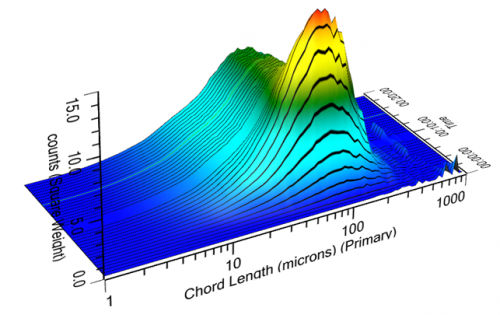
Dr. Kimmo Leppänena
Sales Manager, AutoChem
Mettler-Toledo GmbH
Switzerland
Understanding of tablet dissolution mechanisms is important part of tablet development therefore also in-situ monitoring have become important. Mettler-Toledo in-situ particle characterization tools are capable to monitoring those processes with Focused Beam Reflectance (FBRM) princible and as a in-situ microscopy princible with high sensitivity and selectivity and with lot of 2- and 3-dimensional data handling tools. These features make those devices very capable to monitor the dissolution when it happens.
Presentation will highlight some dissolution case studies and it shows literally what is the power of the system which is designed for particle size in-situ monitoring. We will show how to get information which is located hidden in the lover intensity levels and therefore real data is first invisible when looking data with traditional data handling. We show, how to get most out from the data with different algorithms and different weighing mathematics. We also show the power when combining data from FBRM (Figiure 1) and in-situ microscopy and then get additional level of understanding of dissolution processes.

Figure 1: 3-dimensional image of square weighted distribution over time from one dissolution experiment.
About the speaker:
Dr Kimmo Leppänen is a sales manager at Mettler-Toledo AutoChem strategic business unit. He brings or organizes technology and application support related to AutoChem systems, i.e. automated reactors and process analytical technologies (PAT) such as in-situ IR and Raman spectrometers and in-situ particle characterization devices.
Dr Leppänen provides support to both PAT technology lines and he makes lot of application feasibility tests (AFT) and literally brings invisible to visible stage. With in-situ technologies there are several phenomenas where it is not enough to have right tools or right knowledge but only when having both of them then new information is possible
Dr Leppänen has life time experience of several measuring technologies related to laboratory devices and their applications. One of those is dissolution systems with automated UV-VIS monitoring. From this perspective he is willing to bring in-situ particle size monitoring to the dissolution developers consideration, i.e. not only to monitor API dissolution but also to understand how mechanical dissolution mechanisms is a bases of API release mechanism. Dr Leppänen has published several journal and conference articles, his h-factor is 9.
